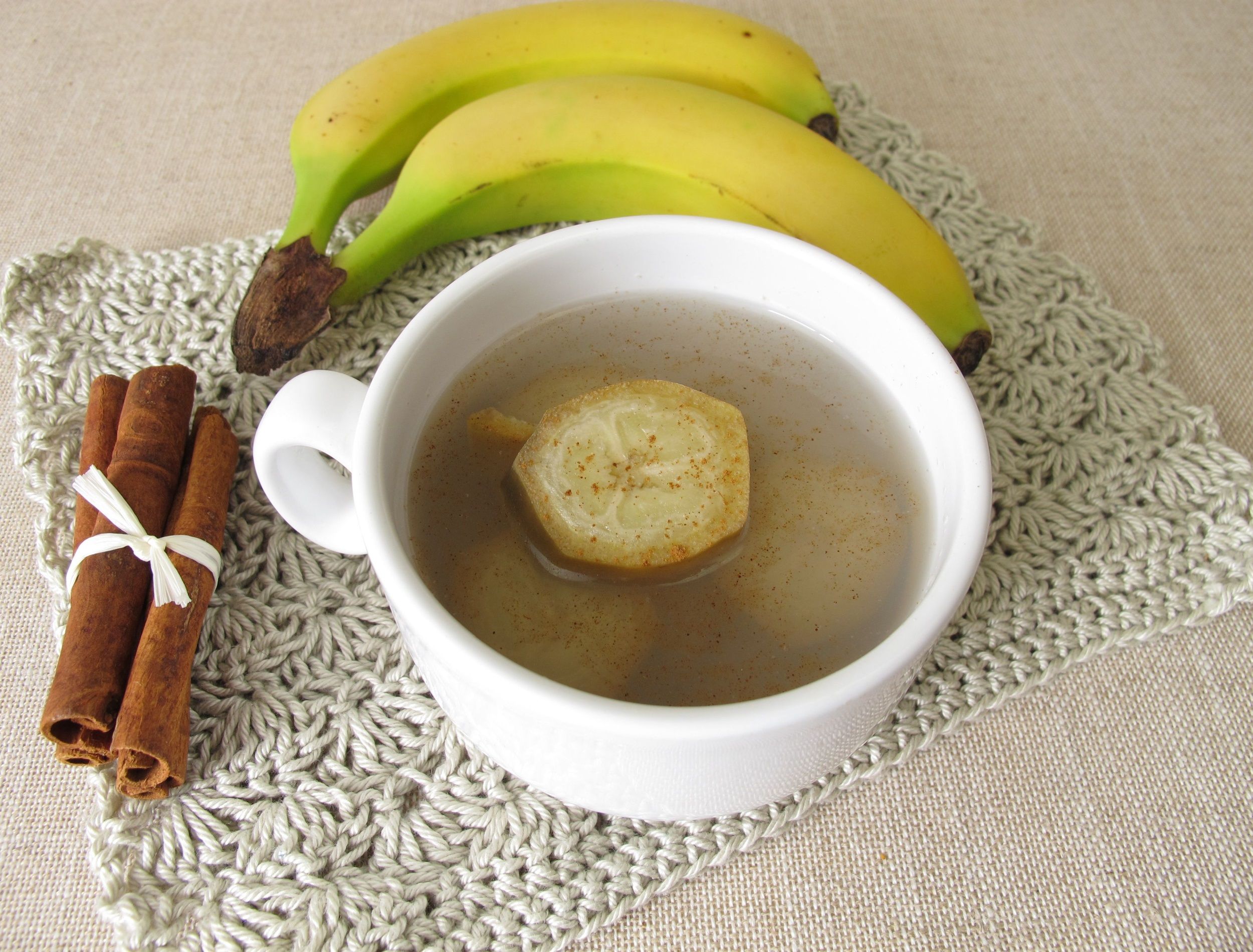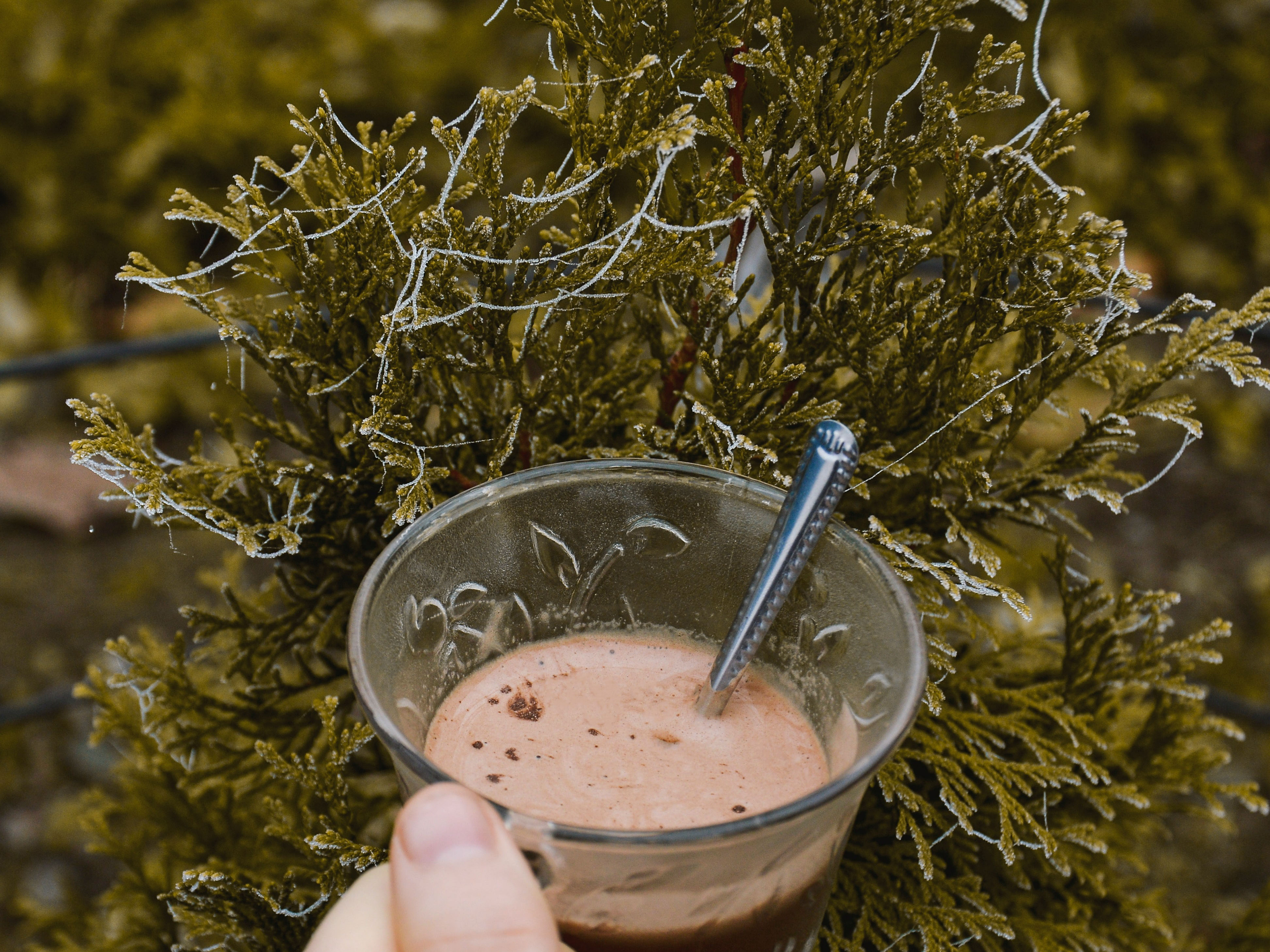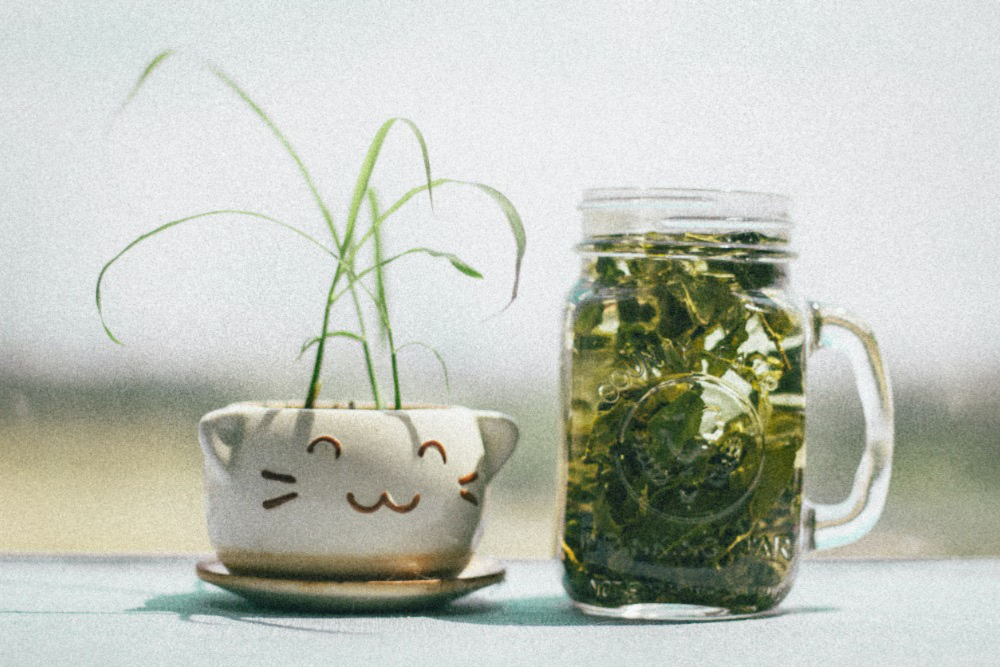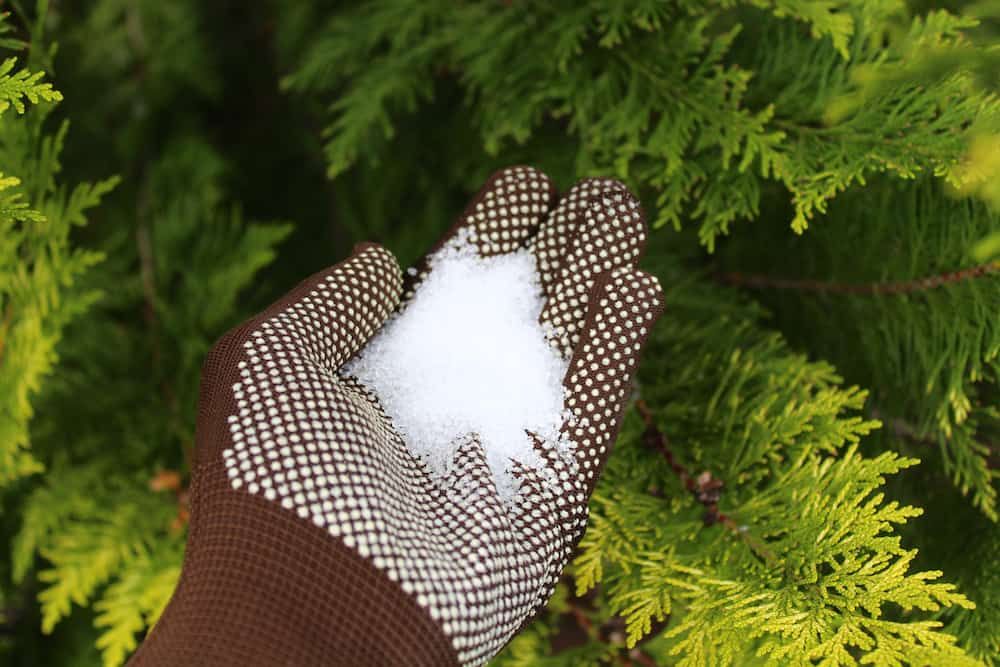Do you ever worry about harming your houseplants by feeding them with synthetic chemical fertilizers? Fret no more! There are many safer options available for your plants and the environment.
Most chemical fertilizers contain a ratio of nitrogen, phosphorus, and potassium. The problem with these fertilizers is you need to replenish your soil quite often as the chemicals break down quickly. But, when using a natural fertilizer, the nutrients break down slowly, so there is less frequent need for fertilizing.
Most importantly, natural fertilizers are organic and eco-friendly. You and your houseplants will truly benefit from keeping the air clean and free from pollutants.
Banana Peel Tea
Image credits: Heike Rau via Shutterstock
If you fuel your body with a banana in the morning, why not nourish your houseplants in the same way? The first natural fertilizer you can try is banana peel tea. It's not just a great source of potassium for your body, but also your plants!
If you have bad bananas in your pantry, don't throw them away! Start by peeling off the skin, cut into 2-inch chunks, and place them in a container with a spout such as a tea pot or misting bottle. Then, fill the container with hot water and cover with a lid.
The peels need to steep in the liquid for one week. Once a week has passed, remove the peels. (Remember to dispose of them in your compost, not the trash.) Now, dilute the water (aim for 1/3 peels to 2/3 of water), and simply spray the mixture onto the base of your houseplants once a week.
This wonderful concoction is not only a fertilizer but also acts as a bug repellent against aphids. You've killed two birds with one stone; no more pesky house insects and very content houseplants.
Note: Banana peel tea is particularly useful as a fertilizer for your indoor rose plants, orchids, and succulents.
Coffee Grounds
Image credits: Monika Erdei via Pexels
The second natural fertilizer is coffee grounds. Yes, it's true, a morning cup of java never tasted so good! Coffee grounds are actually low in nitrogen, but contain other nutrients like magnesium, giving your plants a boost of energy. If your soil is too concentrated in pH balance, using coffee grounds will neutralize the alkalinity and increase the acidity level.
Before you start throwing your coffee grounds on your plants, you need to make sure they're completely dry; wet grounds can cause fungal growth. Start by spreading a small amount of used coffee grounds (roughly 1 teaspoon) on a paper towel or parchment paper and leave the grounds for a few days. Putting them in the sun away from house pets and birds will dry them out even faster. After, simply sprinkle a small amount around the base of your plant. Remember to till the grounds, allowing them to penetrate into the surface of the soil so that they do not dry out.
Note: Coffee grounds are best used as a fertilizer on specific houseplants, such as Christmas cacti, African violets and amaryllis. Tomatoes are also a great veggie to share your cup of joe with!
Green Tea Leaf Bags
Image credits: Tranmautritam via Pexels
The third natural fertilizer is green tea leaves. Tea enthusiasts will appreciate how easy it is to fertilize houseplants with these medicinal leaves. Like coffee grounds, the tannic acid in this fertilizer lowers the pH balance in your soil. The tea leaves add much needed calcium, magnesium, and nitrogen to your plants home.
After brewing your tea, save the tea bag and let it cool down. Once cooled, open the tea bag and spread a thin layer of the mixture to the base of your soil. Loose tea bags work equally well as a natural fertilizer. As with tea bags, let the loose tea leaves cool, and add a layer to the base of your houseplant. Or, if you have a cup of tea that went cold, dump it on your plants for a refreshing boost.
Note: Green tea bags and loose leaf tea are best used on specific houseplants, such as jade plants, amaryllis, and African violets because they like the acidity in the soil.
Epsom Salts
Image credits: Martina Unbehauen via Shutterstock
The last natural fertilizer for houseplants are Epsom salts. These salts don't just relax your tired body, they can also give life to your houseplants and your lawn. Epsom salts are rich in magnesium and help in multiplying leaves and stems on plants.
Epsom salts have many benefits for plants. The salts will keep your soil from drying out and they act as a pest control against beetles, termites, and spiders. All you need is 1 tablespoon of non-scented Epsom salt mixed in a gallon of room-temperature water. Now, shake well and spread the liquid on the base of your plants.
Succulents, cacti, and hydrangeas greatly benefit from Epsom salts because the magnesium sulfate helps them grow larger and appear more fuller.
Choose The Eco-Friendly Option!
The natural fertilizers mentioned above are great for houseplants as they are organic in nature and beneficial for your indoor environment. Not only will you reap the benefits of using these fertilizers, so will your plants!
Will you be using any of these homemade fertilizing methods on your houseplants? Feel free to leave your tips and tricks in the comments below. Happy planting!





